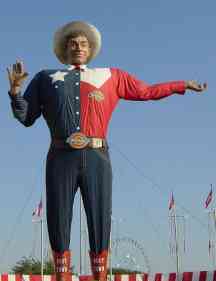The holy city of
Teotihuacan ('the place where the gods were created') is situated some 50 km
northeast of Mexico City. Built between the 1st and 7th centuries A.D., it is
characterized by the vast size of its monuments – in particular, the Temple of
Quetzalcoatl and the Pyramids of the Sun and the Moon, laid out on geometric
and symbolic principles. As one of the most powerful cultural centres in
Mesoamerica, Teotihuacan extended its cultural and artistic influence
throughout the region, and even beyond. The archaeological site of Teotihuacan
corresponds to a city of at least 25,000 inhabitants.
The influence of the first
of the great Mesoamerican Classic civilizations was exerted over the whole of
the central region of Mexico, in Yucatan and as far away as Guatemala between
AD 300 and 600. Lining the immense
Avenue of the Dead, the unique group of sacred monuments and places of worship
at Teotihuacan (Pyramids of the Sun, the Moon and Quetzalcoatl and Palaces of
Quetzalmariposa, Jaguars, Yayahuala and others) make up an outstanding example
of a pre-Columbian ceremonial centre. The art of the Teotihuacanos was the most
developed in Mexico.
Teotihuacan is one of the oldest known archaeological
sites in Mexico. By the way - don't forget the sunscreen and a hat. You will need them.















No comments:
Post a Comment